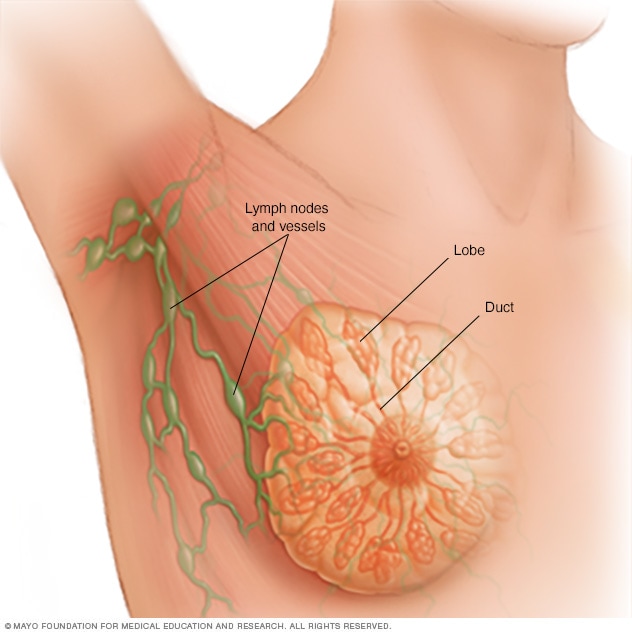Reduce your risk of Breast Cancer and/or your Risk of Breast Cancer relapse through evidence-based, non-toxic therapy

I am not a BC survivor. I am a survivor of a blood cancer called multiple myeloma. Very different type of cancer. The main commonality between the two cancers is complementary therapies.
If you want to reduce the risk of a breast cancer (BC) diagnosis or reduce the risk of a BC relapse please consider the evidence-based, non-toxic, non-conventional therapies below. Each therapy is linked to the evidence-based research for support.
I have spent the past 13 plus years researching and blogging about non-conventional, non-toxic, inexpensive, researched-based cancer therapies. I do many of the therapies listed below such as a daily dose of
- curcumin,
- resveratrol,
- omega-3 fatty acids,
- vitamin D3 (1000mg),
- vitamin C (1000mg),
- green tea extract,
- daily, moderate exercise,
- the Mediterranean Diet,
other evidence-based, non-toxic therapies and believe that these therapies have kept me in complete remission from my “incurable” cancer.
I don’t believe that any of the therapies listed below will cure you of cancer. I do believe however, that the evidence-based, non-toxic, therapies linked below will integrate with whatever conventional therapies you choose as well as work with your body as complementary therapies to heal you from the toxic effects of chemotherapy, radiation and surgery.
Whether you are preventing BC or preventing BC recurrance read the info below.
Have you been diagnosed with:
- Ductal Carcinoma In-Situ (DCIS?
- Breast Cancer? What stage?
For more information on both conventional or non-conventional BC therapies, scroll down the page, post a question or comment and I will reply ASAP.
Thank you,
David Emerson
- Cancer Survivor
- Cancer Coach
- Director PeopleBeatingCancer
“DCIS is called “non-invasive” because it hasn’t spread beyond the milk duct into any normal surrounding breast tissue. DCIS isn’t life-threatening, but having DCIS can increase the risk of developing an invasive breast cancer later on.
When you have had DCIS, you are at higher risk for the cancer coming back or for developing a new breast cancer than a person who has never had breast cancer before. Most recurrences happen within the 5 to 10 years after initial diagnosis. The chances of a recurrence are under 30%.
Women who have breast-conserving surgery (lumpectomy) for DCIS without radiation therapy have about a 25% to 30% chance of having a recurrence at some point in the future. Including radiation therapy in the treatment plan after surgery drops the risk of recurrence to about 15%…”
1) Vitamin D level of 47 ng/ml is associated with a 50% lower risk of BC- 50%
2) The impact of curcumin on BC. ?%
3) Omega 3’s are fast easy BC prevention-30%
4) BC Risk Drops When Diet Includes Walnuts, Researchers Find ?%
5) Exercise may decrease cancer recurrence; it can also give you a mental edge ?%
6) Green tea extract inhibits BC relapse ?%
7) Seaweed extract outperforms chemo drug in shrinking breast tumors – but without the toxic side effects ?%
8) Iodine prevents BC ?%
9) “Foods every BC survivor should know about” ?%
10) “Vitamin C intake and BC mortality in a cohort of Swedish women“?%
11) “Coffee protects against BC recurrence, detailed findings confirm”
12) “Dietary flaxseed alters tumor biological markers in postmenopausal BC. “
13) “Anticancer activities of pomegranate extracts and genistein in human BC cells.”
14) “Melatonin shows potential to slow tumor growth in certain BC”
The Most BioAvailable Curcumin Formulas
“Based on a review of these studies, it is evident that better bioavailability of formulated curcumin (CU) products is mostly attributed to improved solubility, stability, and possibly low first-pass metabolism”
A search of the Pubmed database for the word curcumin yields 601 studies spaning health topics from multiple myeloma and colorectal cancer, to chemotherapies that synergizes with CU, to Alzheimer’s Disease, arthritis and more. Based on years of reading studies and personal accounts, I think it is safe to say that CU supplementation is safe and relatively inexpensive.

I have read about myeloma patients taking daily doses of CU from 400 milligrams to 8 grams (1000 milligrams = 1 gram). By almost any measure, CU is a safe, inexpensive wonder drug.
The only challenge is that CU is famously difficult to absorb in the body. In other words, a person has to mix curcumin with some sort of fat (coconut oil, chocolate, etc.) or take a brand of curcumin capsule that is already formulated to be more “bioavailable” in order to derive the full benefit of CU.
The study linked and exerpted below reviews different formulations of CU. The study itself lists the three most bioavailable formulation/brand of CU and I’ve added an excerpt from a further review from Consumerlab.com that lists four additional bioavailable brands of CU.
Recommended Reading:
“CU is a bright yellow chemical produced by some plants. It is the principal curcuminoid of turmeric (Curcuma longa), a member of the ginger family, Zingiberaceae. It is sold as an herbal supplement, cosmetics ingredient, food flavoring, and food coloring.[1]“
“Curcumin is a widely studied natural compound which has shown tremendous in vitro therapeutic potential. Despite that, the clinical efficacy of the native CU is weak due to its low bioavailability and high metabolism in the gastrointestinal tract. During the last decade, researchers have come up with different formulations with a focus on improving the bioavailability of curcumin. As a result, a significant number of bioavailable curcumin-based formulations were introduced with the varying range of enhanced bioavailability.
The purpose of this review is to collate the published clinical studies of CU products with improved bioavailability over conventional (unformulated) CU. Based on the literature search, 11 curcumin formulations with available human bioavailability and pharmacokinetics data were included in this review. Further, the data on clinical study design, analytical method, pharmacokinetic parameters and other relevant details of each formulation were extracted.
Based on a review of these studies, it is evident that better bioavailability of formulated curcumin products is mostly attributed to improved solubility, stability, and possibly low first-pass metabolism. The review hopes to provide a quick reference guide for anyone looking information on these bioavailable curcumin formulations.
Based on the published reports,
exhibited over 100-fold higher bioavailability relative to reference unformulated CU. Suggested mechanisms accounting for improved bioavailability of the formulations and details on the bioanalysis methods are also discussed.”
According to Consumerlab.com:
“Novasol has the highest bioavailability (185 x compared to unforumulated CU), followed by Curcuwin (136 x), Longvida (100 x), Meriva (48 x), BCM-95 (27 x), Curcumin C3 Complex + Bioperene (20 x), and then Theracumin (16 x).”




